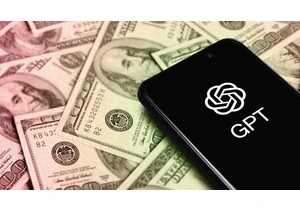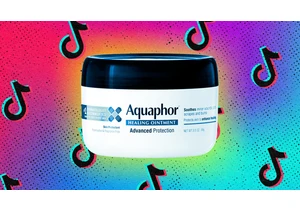The Supreme Court heard two and a half hours of often confusing, and at times frustrating, arguments on Tuesday in a case that could determine whether platforms are protected from liability for their recommendation tools. In Gonzalez v. Google, the court is considering whether Section 230 ought to protect tech platforms that recommend harmful user content. Part of the problem, it was plain to see, was that Section 230 simply wasn’t written to answer this sort of dilemma: The law is 30 years old, existing long before any social media platforms.
“Everyone is trying their best to figure out how . . . a pre-algorithm statute applies in a post-algorithm world,” Justice Elena Kagan said Tuesday.
The case stems from a 2015 bombing in Paris that killed Nohemi Gonzalez, an American student. Now, the Gonzalez family is arguing it was YouTube’s video recommendations that radicalized and recruited the ISIS fighters who carried out the attacks; the plaintiffs hope the court will rule to narrow the scope of Section 230 and thus hold YouTube responsible for the video recommendations.
The Gonzalez family’s attorney, Eric Schnapper, argued on Tuesday that when YouTube creates a video recommendation it is actually creating a new piece of content, acting more like a publisher than a neutral platform, therefore nullifying the video giant’s entitlement to Section 230’s legal shield. According to Schnapper, a YouTube-created thumbnail is, in effect, a new piece of content—“a joint creation” between the platform and the video creator, he claimed.
Several of the justices were concerned that ruling in favor of the Gonzalez family might amount to opening up a Pandora’s box. If thumbnails aren’t covered by Section 230, what about things like search results or social feeds? Justices Clarence Thomas, Sonia Sotomayor, Elena Kagan, and Neil Gorsuch all peppered Schnapper with hypotheticals, asking him to draw a line around which content-specific practices should not be protected under Section 230. Some expressed concern that if all the content practices that Schnapper objected to were excluded from 230’s protections, tech platforms would be immediately awash in lawsuits.
Consequently, Schnapper could offer the court no discernible framework for narrowing the statute, and it seems unlikely the court will ultimately decide to shake up the regulatory standard.
Login to add comment
Other posts in this group

The role of the CFO is evolving—and fast. In today’s volatile business environment, finance leaders are navigating everything from unpredictable tariffs to tightening regulations and rising geopol

In June, Google released its newest smartphone operating system, Android 16. The same month, Apple previewed its next smartphone oper


I’ve worked at the bleeding edge of robotics innovation in the United States for almost my entire professional life. Never before have I seen another country advance so quickly.
In


Restaurant industry leaders are excited for

Elon Musk’s anger over the One Big Beautiful Bill Act was evident this week a
